Shardlow Part 06 - London Road
w/e 06 March 2016
All of this week's pictures were
taken with a Kodak DX6490

So far in this series exploring Shardlow, we have
concentrated mainly on the area around the Trent and Mersey Canal
and have crossed briefly over the River Trent into Leicestershire
and the hamlet of Cavendish Bridge. It's time now to leave the
eastern end of the village and head westwards towards Derby.
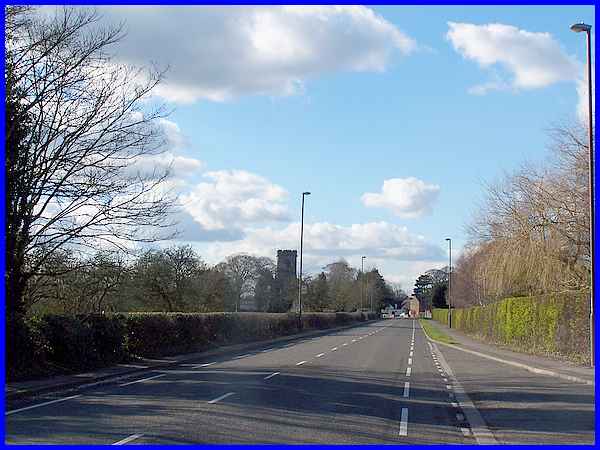
Turning away from the canal we followed the straight stretch
of London Road, the A6, towards the church. At one time this
was the main road to Derby but most traffic now uses the new
A50, built in 2002, to bypass the village. Along this stretch
of the road, the canal, the river and the A50 lie across the
field to the left whilst behind the hedge on the right are the
grounds of Shardlow Hall.
|
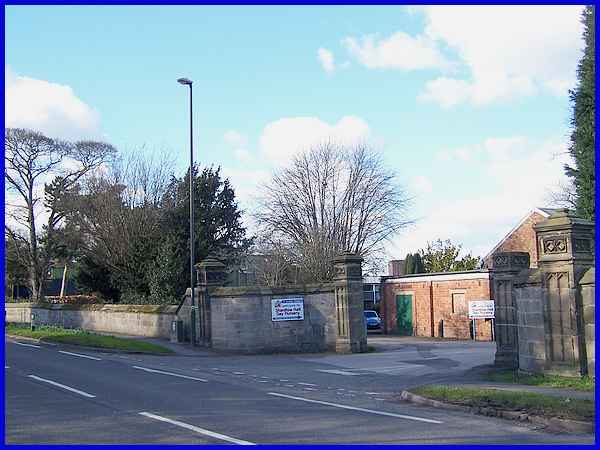
We discovered in a previous part that there are over fifty listed
structures in Shardlow. I use the term "structures"
as not all of them are buildings such as houses or churches and
the gates and walls dating from circa 1870 at the entrance to
Shardlow Hall are one example of a feature that are deemed worthy
of a Grade II listing.
|
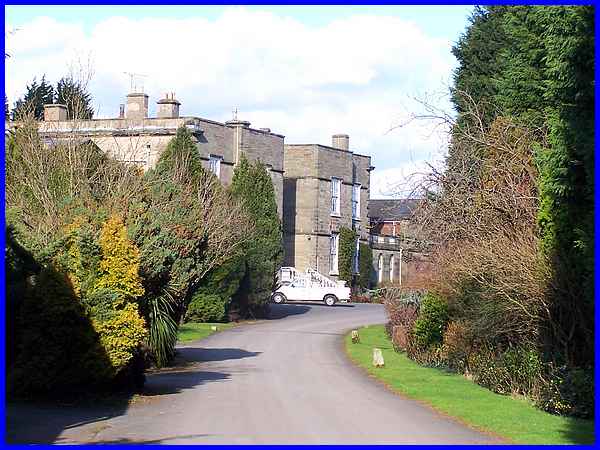
The Hall itself is Grade II* listed and was built as a small
country house in 1684 but has undergone several alterations since.
For example, work was done on the north-west side in 1726, probably
by Francis Smith of Warwick and wings were added about 1768 by
Joseph Pickford. It was originally built for Leonard Fosbrooke,
inherited by his grandson, another Leonard in 1719 and passed
to his son on his death in 1762. Two members of the Fosbrooke
family served as High Sheriff of Derbyshire an office also held
in 1842 by James Sutton, a member of the family who had bought
the Hall from the Fosbrookes in 1800. Between 1911 and 1933 the
Hall became a preparatory school and then as a hotel. A period
of standing empty ended when it was requisitioned by the army
during the Second World War. After the War for twenty years until
1986 it was used by the Ministry of Agriculture, Fisheries and
Food and it was during this time that I was required to visit
the Hall during the course of my employment. I don't know exactly
what went on during this period but security was tight and I
got the impression that certain experimental methods of cultivation
were being tested. Even today I still get a feeling of "Big
Brother" watching whenever I pass along London Road! I have
no idea what the current status of the Hall is now and I had
no inclination to go and knock on the door to find out either
as I believe it is still private property.
|
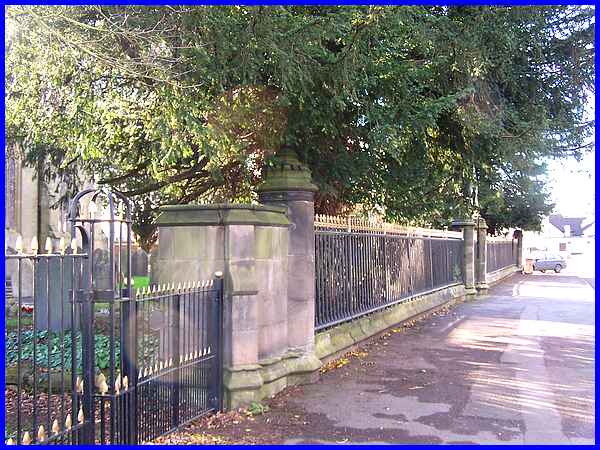
Across London Road from the entrance to Shardlow Hall are the
iron railings along the boundary of St James Church and these
(like the walls opposite) along with the gate piers are Grade
II listed. The gates and railings were paid for by public subscription
and erected in 1838.
|
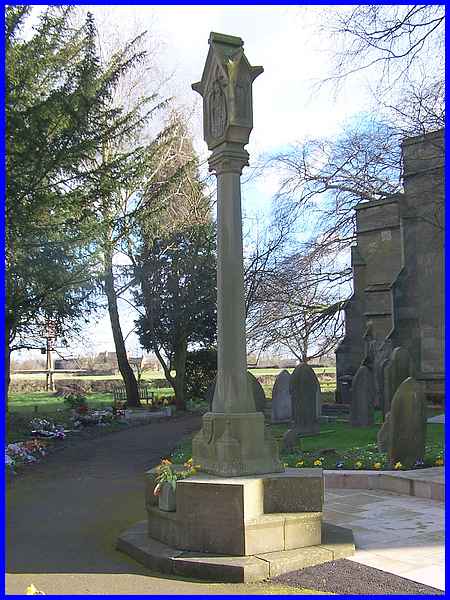
Just inside the gates to the church is Shardlow's memorial to
those from the village who gave their lives during two World
Wars.
|

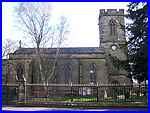  The church as you would expect is another
Grade II listed building that is almost completely surrounded
by trees. When in full leaf it would be almost impossible to
get a decent view and even at this time of year, it's not easy.
The church dedicated to St James was built by public subscription,
much of it from James Sutton, resident of Shardlow Hall in 1838.
There are many interesting features within the church including
several memorials to prominent families and also more war memorials. The church as you would expect is another
Grade II listed building that is almost completely surrounded
by trees. When in full leaf it would be almost impossible to
get a decent view and even at this time of year, it's not easy.
The church dedicated to St James was built by public subscription,
much of it from James Sutton, resident of Shardlow Hall in 1838.
There are many interesting features within the church including
several memorials to prominent families and also more war memorials.
|
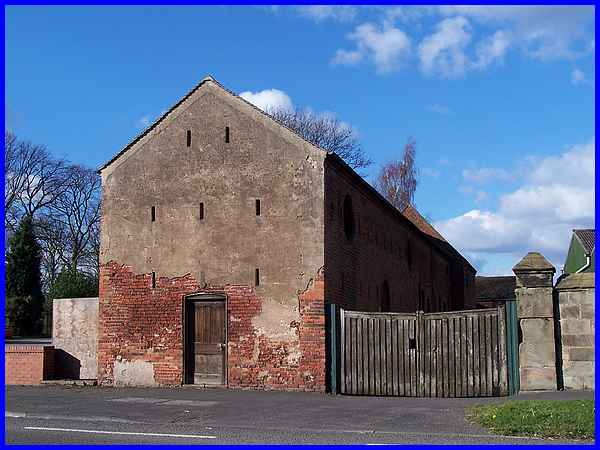
Back on the north side of the road are some old farm buildings.
These like the remainder of the images below are all listed Grade
II buildings. These farm buildings date from the late eighteenth
century with later alterations and additions. The official listing
states that the "Gable wall to street also has rows of slit
breathers" which are clearly visible in this image.
|
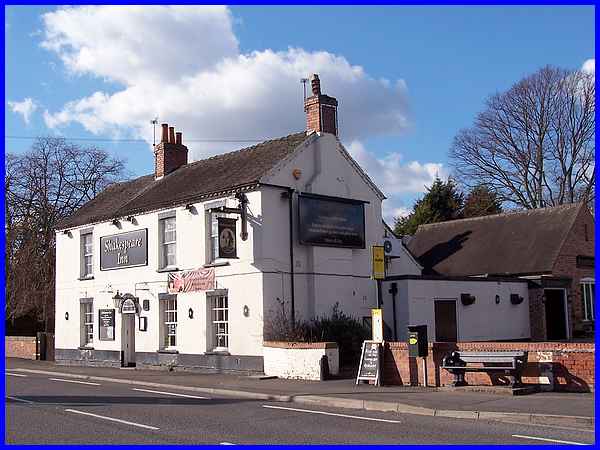
The next building along London Road from the farm buildings is
the Shakespeare Inn, a public house that has its origins in the
early nineteenth century and which now has its stable block incorporated
into the main building.
|
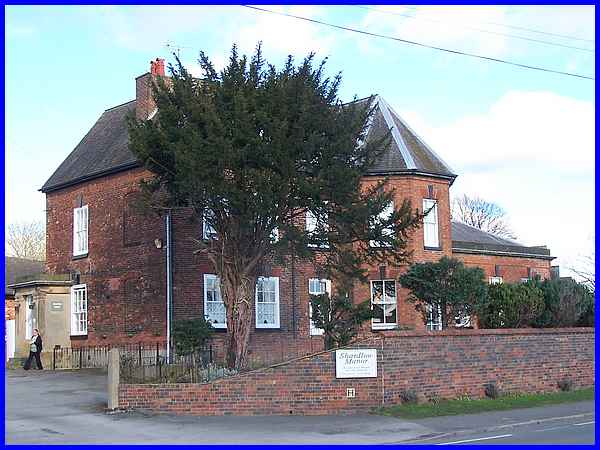
There are three more buildings between the inn and the next listed
building which is Shardlow Manor. Now a residential home for
the elderly the building again has its origins in the early eighteenth
century.
|

There are still more listed buildings to come that we will see
in the next part of the series but the final one in this part
is on the south side of London Road and is known as Shardlow
House. This is another substantial old house and an inscription
on a lead rainwater hopper head shows that it was built in 1726.
I would surmise that although we have moved away from the Trent
and Mersey Canal, the number of large properties in the village
are testament to the former importance of Shardlow as an inland
port, an amazing fact when you realise that the sea is getting
on for 100 miles away. And we're not done yet - there are more
to be seen in the next part.
|

